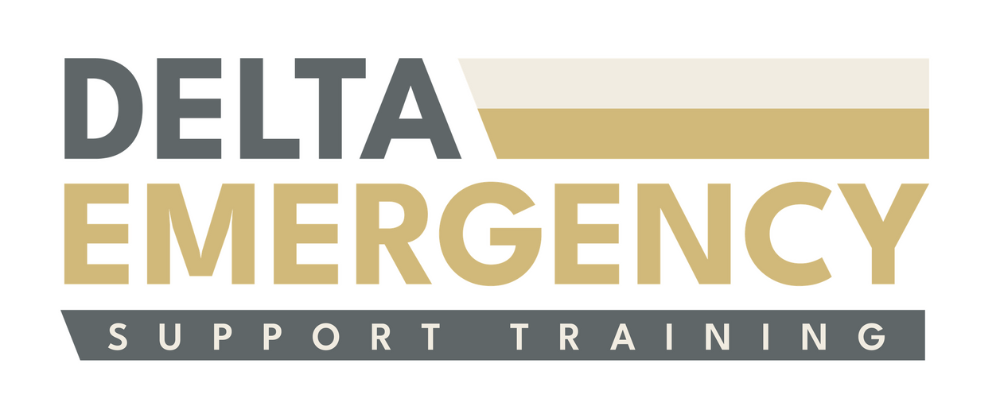Heat Emergencies: First Aid Tips for Heat-Related Illnesses
/The arrival of summer often means fun outdoor activities like beach trips, barbecues, and adventures. However, it's important to be mindful of the potential health risks associated with the high temperatures that come with the season. Heat-related illnesses like heat exhaustion and heat stroke can be serious, but being able to recognize the signs and knowing how to manage these conditions can help prevent them from escalating and causing harm to ourselves and others.
A man is standing outside in the sun on a hot day, holding a water bottle and taking a sip to cool down and prevent heat exhaustion.
Most vulnerable groups
Certain groups of people are at a higher risk for heat-related illnesses like heat exhaustion and heat stroke. These groups include:
Infants and young children:
Their bodies are less efficient at regulating temperature, making them more susceptible to heat-related illnesses.
Elderly people:
They are more likely to have pre-existing medical conditions that can affect their ability to regulate temperature and may take medications that can impair their ability to sweat and cool down.
People with chronic medical conditions:
Individuals with heart, lung, or kidney diseases, as well as those with diabetes or obesity, are more susceptible to heat-related illnesses due to their bodies' difficulty regulating temperature.
Outdoor workers:
People who work outside, especially in the construction or agricultural industries, are at high risk for heat exhaustion and heat stroke due to prolonged exposure to high temperatures.
Athletes:
Individuals who engage in strenuous physical activity, particularly in hot and humid conditions, are at risk for heat exhaustion and heat stroke.
It's important for individuals in these high-risk groups to take extra precautions when spending time in hot weather, including staying hydrated, taking breaks in cool or shaded areas, and wearing appropriate clothing.
Heat Exhaustion
Heat exhaustion is a condition that occurs when the body becomes dehydrated and overheated, and cannot regulate its temperature properly. This can happen when someone is exposed to high temperatures, especially when they're combined with high humidity. Heat exhaustion can progress quickly to heat stroke, which is a more severe and potentially life-threatening condition.
Symptoms of Heat Exhaustion:
Dizziness or lightheadedness
Nausea or vomiting
Headache
Rapid heartbeat
Cool, moist skin with goosebumps despite the heat
Heavy sweating
Muscle cramps or weakness
First Aid for Heat Exhaustion:
If someone is showing signs of heat exhaustion, it's important to take action quickly. Here are some steps to take:
Move the person to a cooler location, preferably indoors with air conditioning or at least shade.
Loosen tight clothing and remove any unnecessary layers.
Provide cool water or a sports drink with electrolytes.
Apply cool, wet towels or cloths to the skin or fan the person to help cool them down.
Encourage them to rest and take it easy for the rest of the day.
Heat Stroke
Heat stroke is a more severe form of heat illness that occurs when the body's core temperature reaches 40°C or higher. It's a medical emergency that requires immediate attention as it can be fatal.
Symptoms of Heat Stroke:
Confusion or disorientation
Seizures or convulsions
Loss of consciousness
Rapid, shallow breathing
Dry, hot skin
Rapid, strong pulse
High body temperature (above 104°F)
First Aid for Heat Stroke:
If someone is showing signs of heat stroke, it's crucial to act quickly. Call emergency services right away and take these steps while waiting for medical help:
Move the person to a cooler location, preferably indoors with air conditioning.
Remove tight clothing and any unnecessary layers.
Use cool water or ice packs to cool the person down, especially on the neck, armpits, and groin area.
Fan the person or use a cool, wet cloth to help cool them down.
If the person is conscious and able to swallow, offer small sips of cool water or a sports drink.
The Differences and Severity:
Heat exhaustion is considered less severe than heat stroke, but it can progress quickly to heat stroke if left untreated. Heat exhaustion is caused by dehydration and overheating, while heat stroke is caused by the body's inability to regulate its temperature due to prolonged exposure to high temperatures. The symptoms of heat exhaustion are similar to those of heat stroke, but heat stroke is much more serious and can result in long-term damage to the brain, other organs, and even death.
It's important to take heat-related illnesses seriously and to take steps to prevent them from occurring in the first place. Stay hydrated, avoid prolonged exposure to the sun, and take frequent breaks in the shade or air conditioning when spending time outdoors in high temperatures. If you or someone you know is showing signs of heat exhaustion or heat stroke, take action quickly to prevent the condition from worsening and seek medical attention if necessary.




